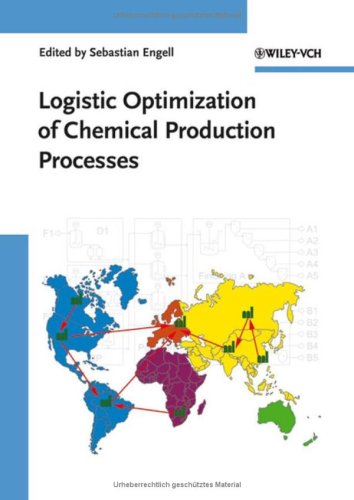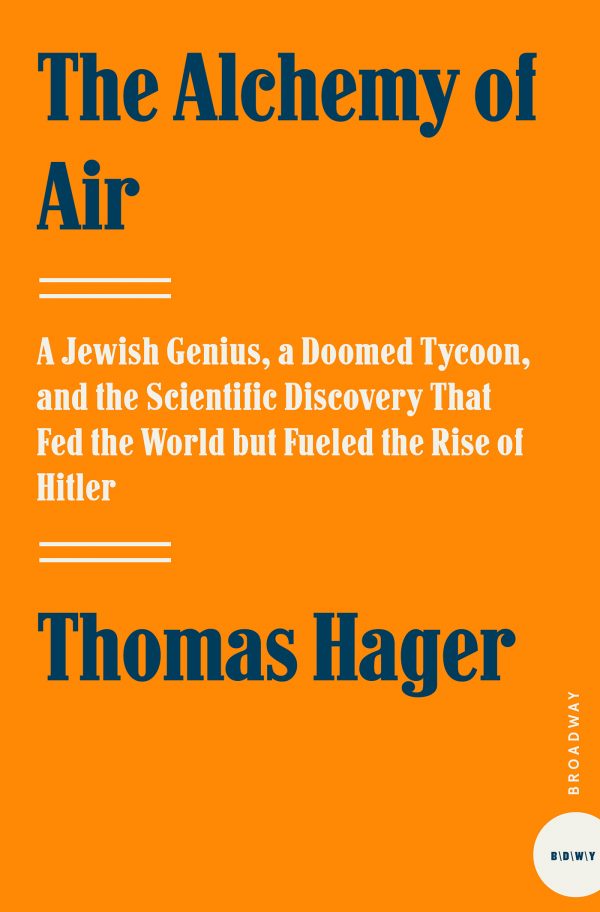Sebastian Engell352730830X, 9783527308309
Table of contents :
Logistic Optimization of Chemical Production Processes……Page 4
Contents……Page 8
Preface……Page 12
List of Contributors……Page 16
Part I Introduction……Page 18
1.2 Terms and Definitions……Page 20
1.3 Network Dynamics and Management of the Supply Chain……Page 23
1.4 Design Criteria/Integration Concepts……Page 25
1.5 SCOR: Modeling the Supply Chain……Page 26
1.6 Summary……Page 33
References……Page 34
Part II Simulation……Page 36
2.2 Areas of Application for Logistics Simulation in the Process Industry……Page 38
2.3 The Simulation Process in Manufacturing and Logistics……Page 40
2.4 Case Studies……Page 43
2.5 Benefits and Expenses of Simulation Projects……Page 50
2.6 How a Simulator Works……Page 51
2.7 Developments in the Field of Logistics Simulation……Page 52
References……Page 53
3.1 Pipeless Batch Plants……Page 54
3.2 PPSiM–Pipeless Plant Simulation……Page 56
3.3 Industrial Case Study……Page 61
3.4 Conclusions……Page 71
References……Page 72
Part III Industrial Solutions……Page 74
4.2 The Limits of Traditional LP……Page 76
4.3 Quant-based Combinatorial Optimization……Page 78
4.4 Typical Planning Scenarios in the Process Industry……Page 80
4.5 Constraints……Page 81
4.6 Additional Modeling Elements of the Quant-based Combinatorial Optimization……Page 82
4.7 The Solution Approach……Page 83
4.8 Special Requirements and Advanced Modeling Features for the Chemical Industry……Page 85
References……Page 106
5.1 Introduction……Page 110
5.2 Copper Production Process……Page 111
5.3 Scheduling Problem……Page 113
5.4 Solution Approach……Page 116
5.5 Results……Page 123
5.6 Conclusions……Page 124
References……Page 126
6.1 Introduction……Page 128
6.2 Random Demand……Page 129
6.3 Random Service (and Shortage)……Page 137
6.4 Optimization of Service……Page 141
6.5 Solution Technique……Page 144
6.6 Implementation in BayAPS PP……Page 147
References……Page 150
Part IV Optimization Methods……Page 152
7.1 Introduction……Page 154
7.2 The Case Study……Page 155
7.3 An Engineered Approach to Optimal Scheduling……Page 159
7.4 Nonlinear Short-Term Scheduling Model……Page 161
7.5 Linearized Short-Term Model……Page 170
7.6 Comparative Numerical Studies……Page 171
7.7 Conclusions……Page 176
References……Page 177
8.1 Introduction……Page 180
8.2 Classification of Batch Scheduling Problems……Page 181
8.3 Classification of Optimization Models for Batch Scheduling……Page 183
8.4 Review of Scheduling Models……Page 189
8.5 Computational Comparison Discrete vs Continuous Approaches……Page 194
8.6 Concluding Remarks and Future Directions……Page 198
References……Page 199
9.1 Introduction……Page 202
9.2 Scheduling under Uncertainty using a Moving Horizon Approach with Two-Stage Stochastic Optimization……Page 204
9.3 Two-Stage Stochastic Integer Programming……Page 212
9.4 A Stage Decomposition Based Evolutionary Algorithm……Page 218
9.5 Numerical Studies……Page 222
9.6 Conclusions……Page 229
References……Page 230
10.1 Introduction……Page 232
10.2 Scheduling with Timed Automata……Page 236
10.3 Reachability Analysis……Page 241
10.4 Benchmark Example……Page 246
10.5 Summary……Page 250
References……Page 251
Part V Interaction with ERP Systems……Page 254
11.2 Advanced Planning in Chemical Industries……Page 256
11.3 Case Study……Page 261
11.4 Modeling the Case Study Scenario in mySAP SCM……Page 263
11.5 Solving the Case Study Scenario in mySAP SCM……Page 271
References……Page 277
12.1 Introduction……Page 280
12.2 Production Scenarios……Page 283
12.3 The Planning Problem and a Solution Approach……Page 285
12.4 Data Model……Page 287
12.5 Planning Software……Page 289
12.6 Remarks on Planning Philosophy……Page 292
12.7 Remarks on Technical Issues……Page 293
References……Page 294
Index……Page 296







Reviews
There are no reviews yet.